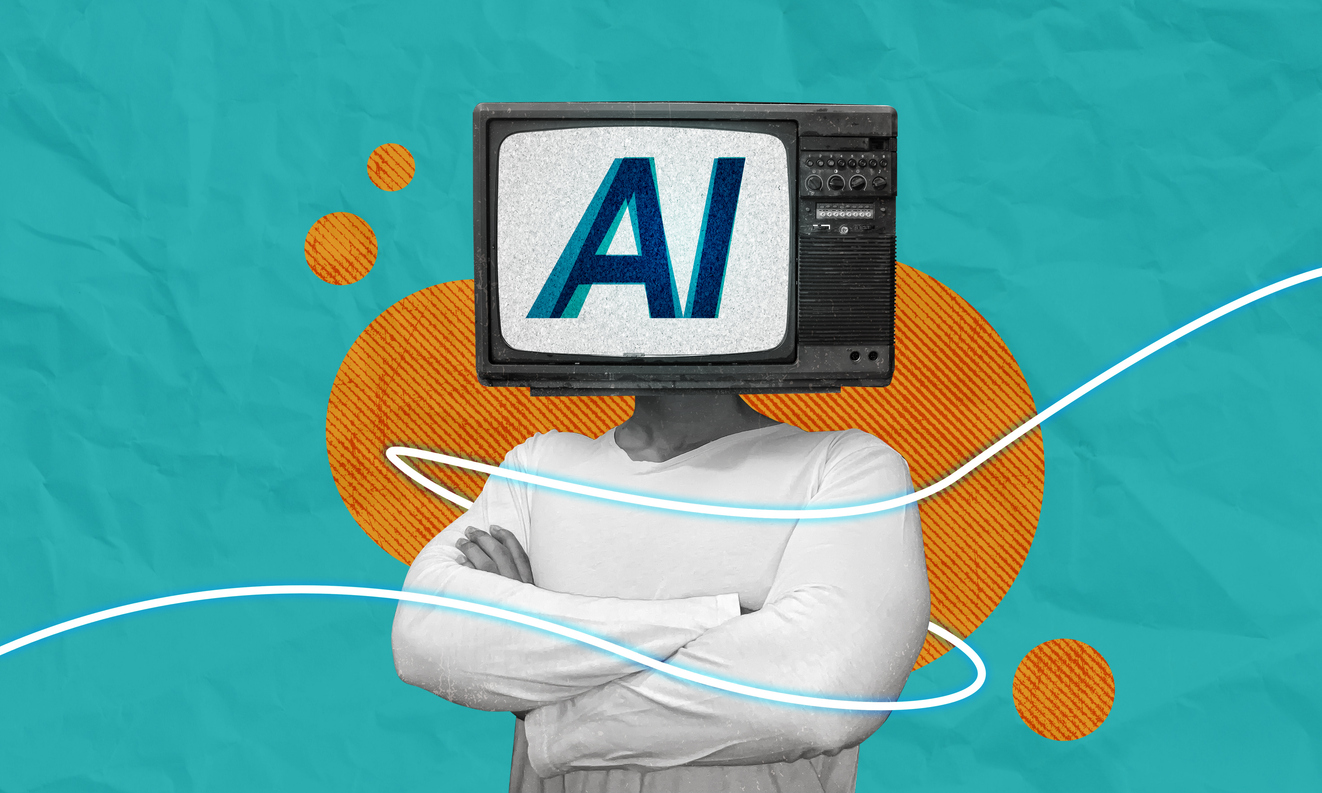Effective Strategies for Integrating AI in Media Relations

The Role of AI in Media Relations: Balancing Technology with Human Touch
Introduction to AI in Media Relations
Artificial Intelligence (AI) is increasingly becoming a staple in media relations, raising concerns about its impact on authenticity. Following the launch of ChatGPT, Qwoted, a platform that connects media professionals with brands, experts, and local businesses, introduced a “Flag for AI” feature for journalists. By the end of 2024, they added a tool that helps identify AI-generated pitches.
The Positive Side of AI: Enhancing Media Relations
Despite the concerns surrounding AI, Thekla Eftychiadou from FINN Partners suggests that AI, when used properly, can enhance media relations. According to Eftychiadou, who is a senior partner in the Global Tech practice at FINN, the key lies in recognizing that "you can’t remove ‘relationship’ from ‘media relations.’" She emphasizes that AI should act as an assistant—a "superpower"—rather than replacing the human element that is essential to building and maintaining relationships.
Key Areas Where AI is Effective
At FINN Partners, the media relations team utilizes AI in various ways:
1. Data Analysis
AI can swiftly analyze complex data sets, including survey results and social media trends. Spotting significant patterns early can aid in the development of timely stories. For instance, noticing a rise in customer enthusiasm surrounding a new product feature can lead to a proactive media pitch.
2. Story Ideation
AI can assist in generating ideas and angles for stories. By entering a broad subject prompt like “trends in electric vehicles,” users may uncover less obvious but relevant storylines—such as regulatory updates or shifting consumer behaviors—that could inspire new pitches.
3. Interview Transcription
Transcribing interviews can be labor-intensive, but AI tools like Otter can record and summarize discussions in real-time. This capability allows PR professionals to focus on the conversation while facilitating the creation of FAQs or talking points later.
4. Identifying Journalists and Outlets
AI can help select which journalists or media outlets to target for specific stories. By predicting content resonance, AI tools can suggest journalists likely interested in specific topics. Eftychiadou believes that while current AI tools have limitations, their ability to enhance targeting will improve over time.
Navigating Challenges with AI
While the advantages of AI are compelling, there are risks associated with over-reliance on technology. Eftychiadou warns that when communication becomes overly automated, it may lead to skepticism among journalists. Many reporters, including Tino Bovenzi from WJW/Fox 8, report receiving an increasing number of pitches, many of which lack relevance to their coverage areas. Mistakes such as addressing emails incorrectly or using language that feels impersonal can indicate AI involvement and lead to mistrust.
Enhancing Human Interaction
As a solution to concerns about AI-generated pitches, Matthew Kneller, co-founder of Qwoted, suggests emphasizing the human aspect of media relations. Some journalists now ask for video responses to verify they are interacting with a real person.
Eftychiadou concurs, stressing the importance of personal interaction in PR. She encourages her team to engage in direct conversations with reporters rather than relying solely on AI-generated content. "AI should do the heavy lifting of analysis," she states. This allows PR professionals to focus on meaningful relationship-building, which is vital in media relations.
Conclusion
While AI offers powerful tools for media relations, integrating these tools must be done thoughtfully. The balance between leveraging technology and maintaining human connections is crucial for success in the ever-evolving landscape of public relations.





